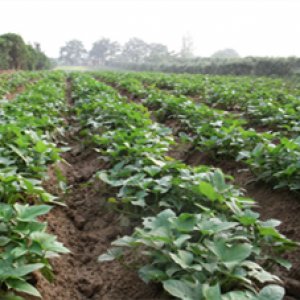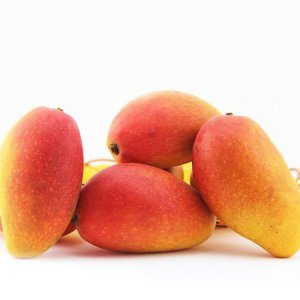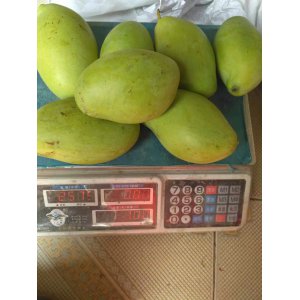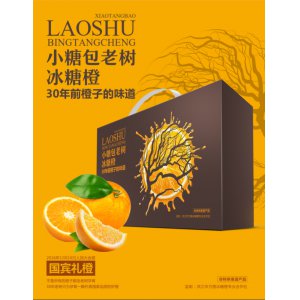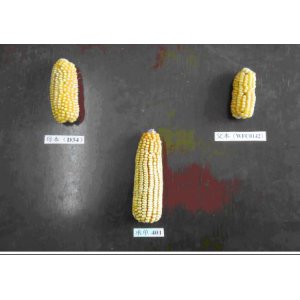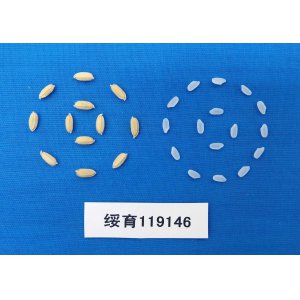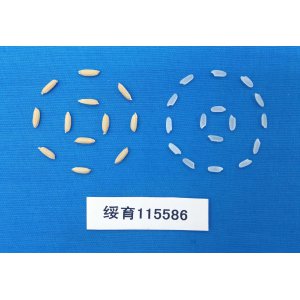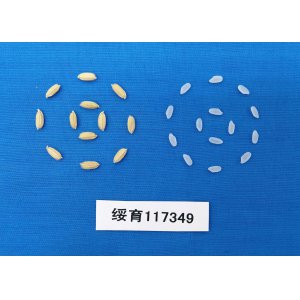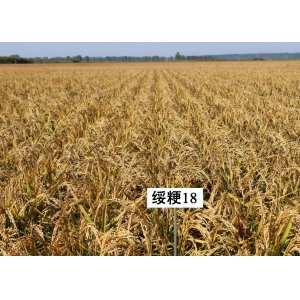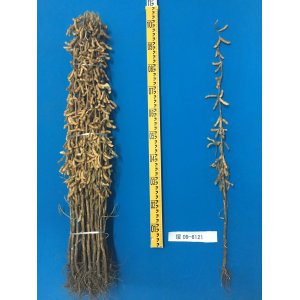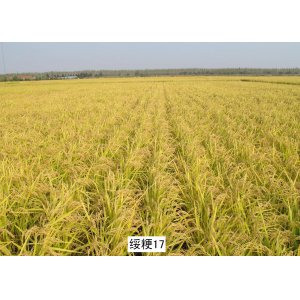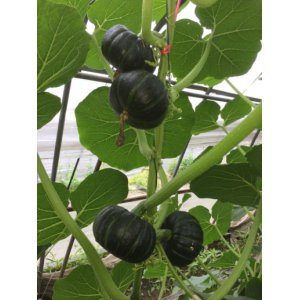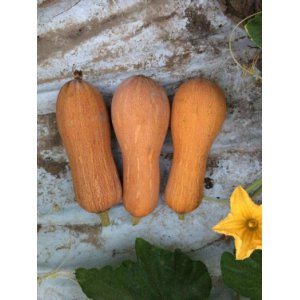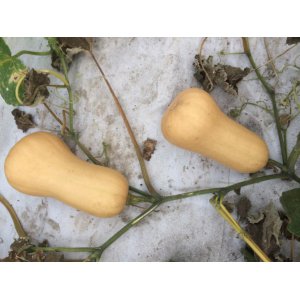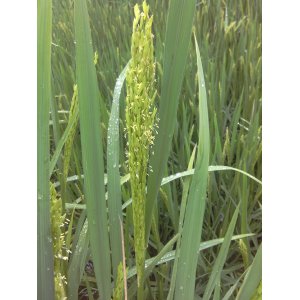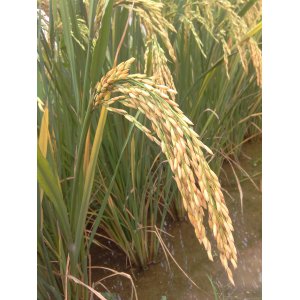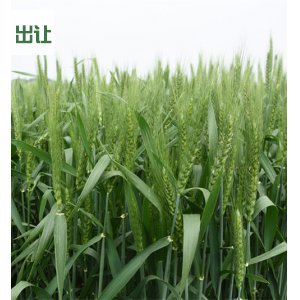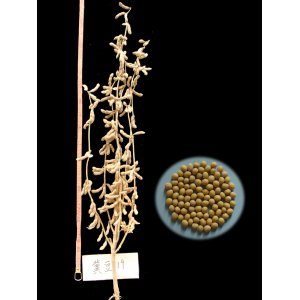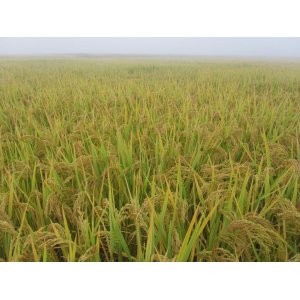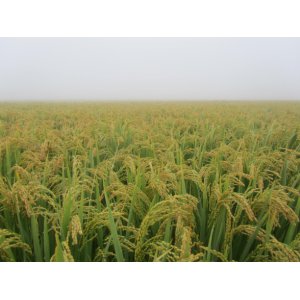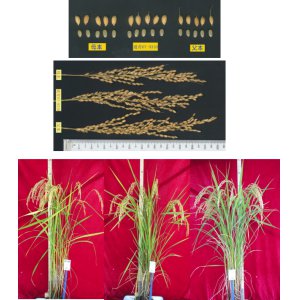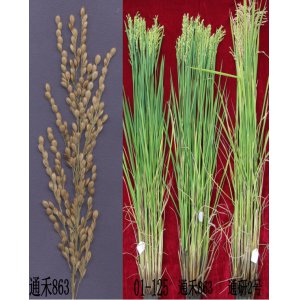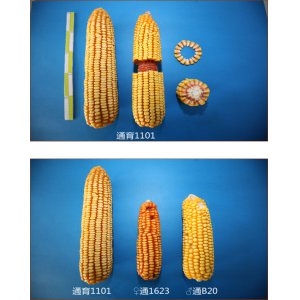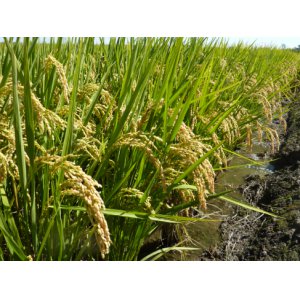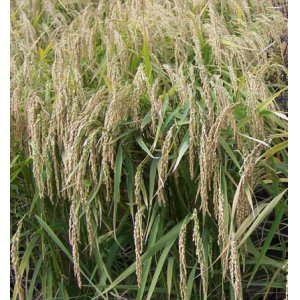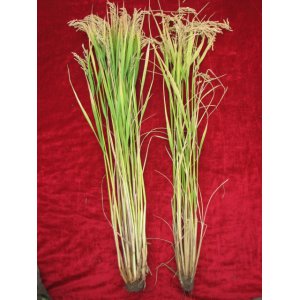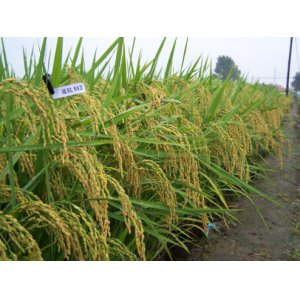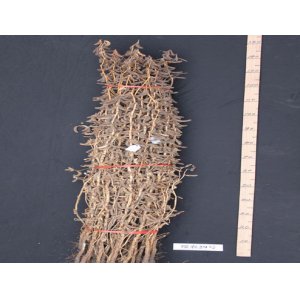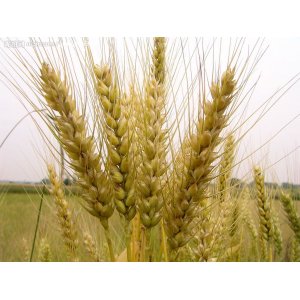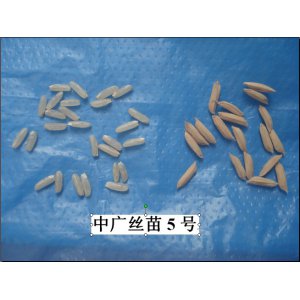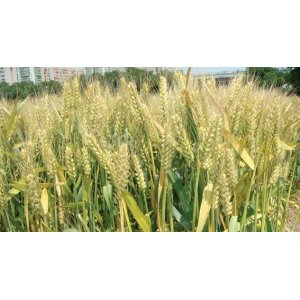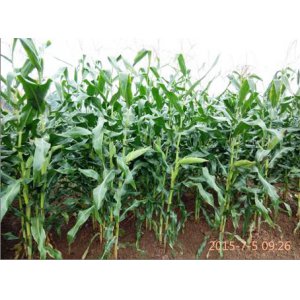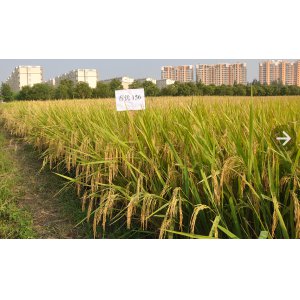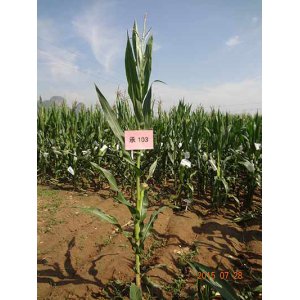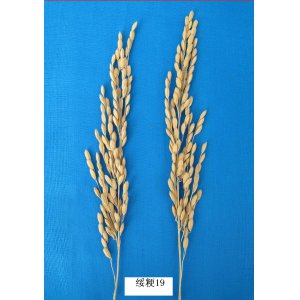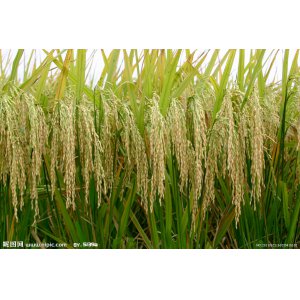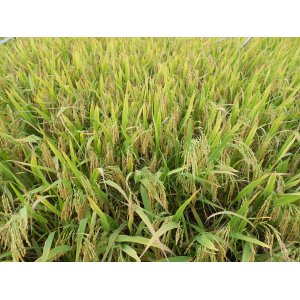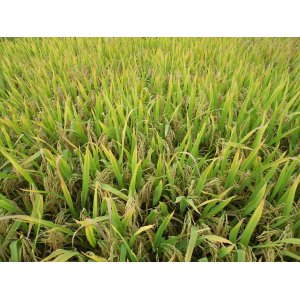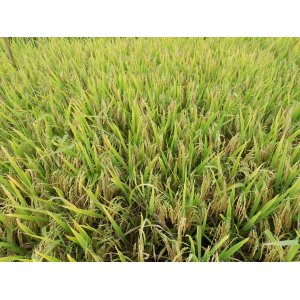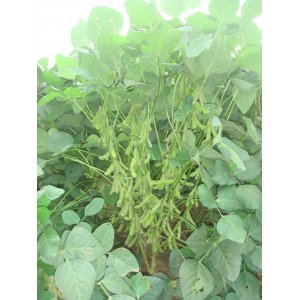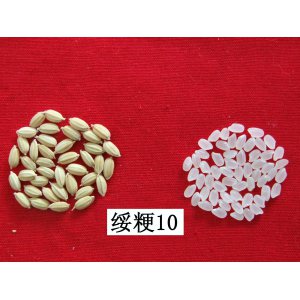
最近,科学家利用大麦中的液泡锌转运蛋白HvMTP1在胚乳特异表达的醇溶蛋白启动子D-hordein驱动下,大幅提高了大麦籽粒胚乳中的锌含量,为开发高含锌谷物提供了可行的路径。
与“黄金大米”一样,“高锌谷物”也将成为改善欠发达地区人们生活状况,提高生活水平的有益食品。
Plant Biotechnology Journal, 9 June 2017
Improving zinc accumulation in cereal endosperm using HvMTP1, a transition metal transporter
Authors
Paloma K. Menguer, Thomas Vincent, Anthony J. Miller……Preben Bach Holm, Dale Sanders, Dorina Podar*
*: Department of Biology, University of York, UK; Faculty of Biology and Geology and Institute of Bionanotechnology, Babeș-Bolyai University, Romania
Summary
Zinc (Zn) is essential for all life forms, including humans. It is estimated that around two billion people are deficient in their Zn intake. Human dietary Zn intake relies heavily on plants, which in many developing countries consists mainly of cereals. The inner part of cereal grain, the endosperm, is the part that is eaten after milling but contains only a quarter of the total grain Zn. Here, we present results demonstrating that endosperm Zn content can be enhanced through expression of a transporter responsible for vacuolar Zn accumulation in cereals. The barley (Hordeum vulgare) vacuolar Zn transporter HvMTP1 was expressed under the control of the endosperm-specific D-hordein promoter. Transformed plants exhibited no significant change in growth but had higher total grain Zn concentration, as measured by ICP-OES, compared to parental controls. Compared with Zn, transformants had smaller increases in concentrations of Cu and Mn but not Fe. Staining grain cross sections with the Zn-specific stain DTZ revealed a significant enhancement of Zn accumulation in the endosperm of two of three transformed lines, a result confirmed by ICP-OES in the endosperm of dissected grain. Synchrotron X-ray fluorescence analysis of longitudinal grainsections demonstrated a redistribution of grain Zn from aleurone to endosperm. We argue that this proof-of-principle study provides the basis of a strategy for biofortification of cereal endosperm with Zn.
图文来源网络 如有侵权 请联系删除


